Looking Back: Metroid II – Return of Samus Retrospective
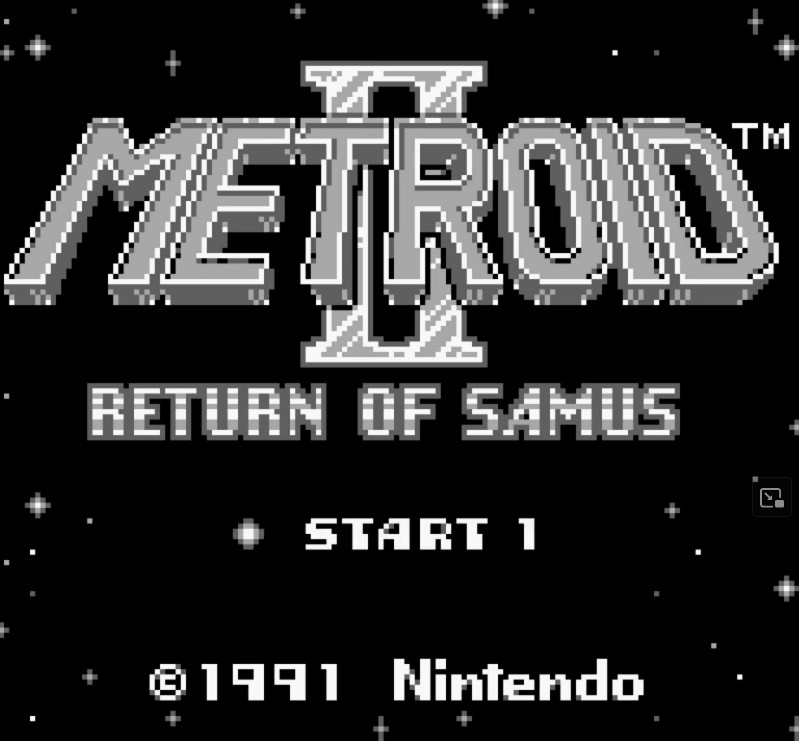
Metroid II: Return of Samus, released in 1991, was a pivotal game for the Metroid franchise. It was the first time players could take control of Samus on a handheld console, the Game Boy. The game was praised for its graphics, music, and gameplay, and it introduced several new features to the series, including the spider ball, power bombs, and the ability to aim diagonally.
Despite its critical success, Metroid II: Return of Samus was often overshadowed by its predecessor, the original Metroid, and its successor, Super Metroid. However, in recent years, the game has received renewed attention and appreciation from fans and critics alike. This retrospective will explore the impact of Metroid II: Return of Samus on the Metroid franchise and video game industry as a whole, as well as examine the game’s legacy and lasting influence.
Gameplay
Metroid II: Return of Samus is an action-adventure game that was released for the Game Boy in 1991. The game is set on the planet SR388, where Samus Aran, a bounty hunter, is tasked with exterminating all the Metroids on the planet. The gameplay involves exploration, platforming, and combat.
Players control Samus as she navigates through the planet’s various environments, including underground caves, lava-filled chambers, and ancient ruins. Samus can use her abilities, such as the Morph Ball and Varia Suit, to traverse the terrain and overcome obstacles.
The game is a 2D side-scroller, but it features 3D elements, such as the ability to move in and out of the screen. This adds depth to the gameplay and makes the environments feel more immersive.
As Samus progresses through the game, she encounters various types of Metroids, each with their own strengths and weaknesses. The Metroids become progressively more difficult to defeat, culminating in battles with Omega Metroids, the most powerful type of Metroid.
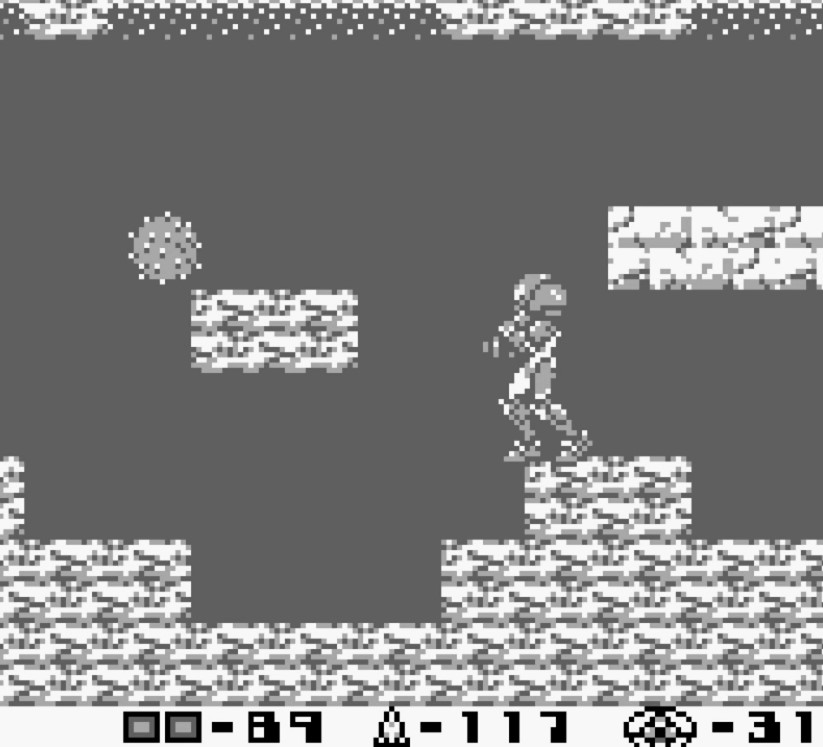
Players can also collect various upgrades, such as new weapons and armor, to enhance Samus’s abilities. Save stations are scattered throughout the game, allowing players to save their progress and continue from where they left off.
Overall, Metroid II: Return of Samus is a classic example of a Metroidvania-style game. The gameplay is challenging but rewarding, and the environments are rich and immersive.
Graphics & Sound
Metroid II: Return of Samus was originally released in 1991 for the Game Boy. The game was later re-released on the Nintendo 3DS in 2011 as part of the Nintendo eShop’s Virtual Console. The graphics of the game were impressive for the time, especially considering the limitations of the Game Boy’s hardware. The game’s environments were detailed and atmospheric, with each area having its own distinct look and feel.
The sound design of Metroid II was also noteworthy, with a great soundtrack that perfectly captured the game’s tense and foreboding atmosphere. The music was composed by Ryoji Yoshitomi, who did an excellent job of creating a score that perfectly complemented the game’s visuals. The title theme, in particular, is a standout piece of music that perfectly captures the feeling of exploring an alien world.
In 2016, a fan-made remake of Metroid II called AM2R (Another Metroid 2 Remake) was released. The game featured updated graphics and sound, as well as a number of gameplay improvements. The graphics in AM2R were a significant improvement over the original, with more detailed environments and character animations. The sound design was also improved, with higher quality audio and a remastered soundtrack.
Overall, the graphics and sound in Metroid II: Return of Samus were impressive for their time and still hold up well today. The game’s visuals and music perfectly captured the feeling of exploring an alien world, and the game’s sound design was a standout feature. The game’s legacy can still be seen in fan-made projects like AM2R, which pay tribute to the original game’s graphics and sound while improving upon them in meaningful ways.
Why It’s Still Unique
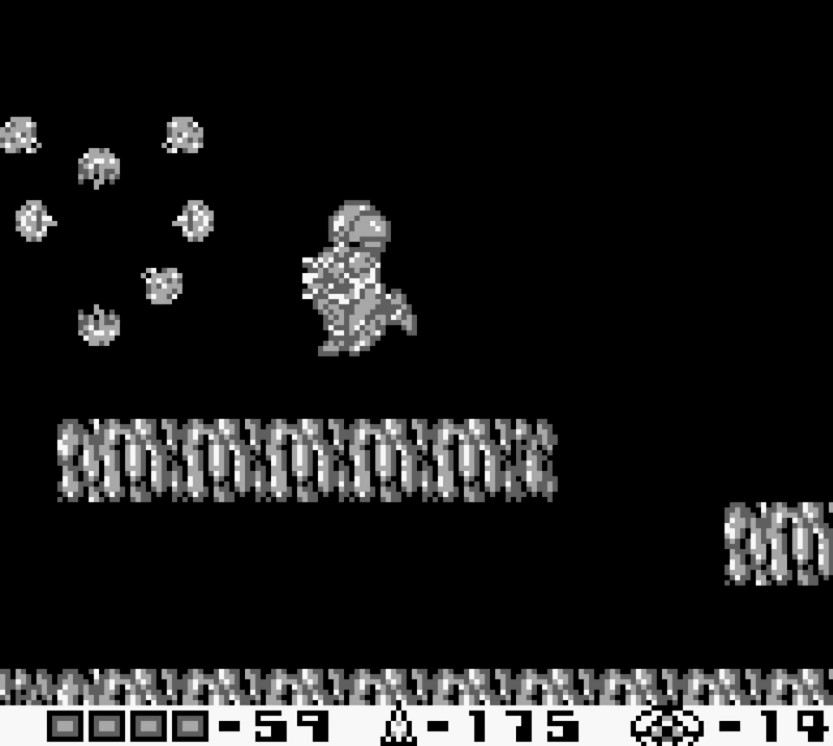
Metroid II: Return of Samus was released in 1991 for the Game Boy, and it remains a unique entry in the Metroid series. Here are a few reasons why it still stands out today:
-
Exploration: Metroid II was one of the first games to offer true non-linear exploration. Players were free to explore the planet of SR388 in any order they chose, and the game didn’t hold their hand or provide much guidance. This sense of exploration and discovery is still a hallmark of the Metroid series today.
-
Atmosphere: Despite the limitations of the Game Boy hardware, Metroid II managed to create a moody and atmospheric world. The abandoned Chozo ruins and the dark, winding tunnels of SR388 created a sense of isolation and danger that was unique for its time.
-
Evolution of the Metroids: Metroid II introduced several new types of Metroids, including the Gamma, Zeta, and Omega forms. These new enemies were more powerful and dangerous than the standard Metroids from the first game, and they required new strategies to defeat. This evolution of the Metroids would continue in later games, such as Super Metroid and Metroid Fusion.
-
Influence on the series: Metroid II may not be as well-known as some of the other games in the series, but it had a significant impact on the franchise. The idea of non-linear exploration, the evolution of the Metroids, and the moody atmosphere would all be carried forward in later games. Metroid: Samus Returns, a 2017 remake of Metroid II for the Nintendo 3DS, also shows how much the game has influenced the series.

Overall, Metroid II: Return of Samus remains a unique and important entry in the Metroid series. Its influence can still be felt in the latest game in the series, Metroid Dread, and it’s worth revisiting for fans of the franchise.
Why You Should Play It Today
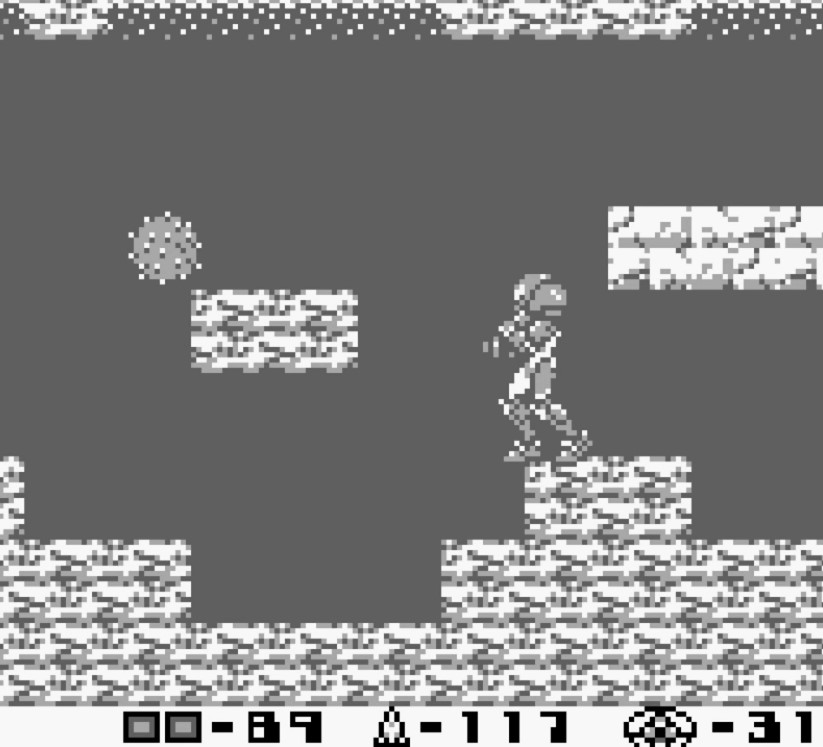
Metroid II: Return of Samus is a classic game that is still worth playing today. It takes place on the planet SR388, where Samus Aran is sent to eradicate the Metroid creatures. Along the way, she encounters the Space Pirates who are also after the Metroids.
One of the standout features of the game is the Spider Ball, which allows Samus to climb walls and ceilings. This opens up new areas to explore and adds an extra layer of strategy to the game. The Queen Metroid boss fight is also a highlight, as it requires precise timing and quick reflexes to defeat.
The quest to eliminate all the Metroids is a challenging one, but it is also rewarding. As Samus progresses, she gains new abilities such as the Power Suit, Plasma Beam, Space Jump, and Spring Ball. These upgrades make her more powerful and help her navigate the environment more easily.
Despite being an older game, Metroid II still holds up well today. The monochrome graphics give it a unique atmosphere, and the gameplay is still fun and engaging. It’s a great way to experience one of the classic games that helped define the Metroid series.
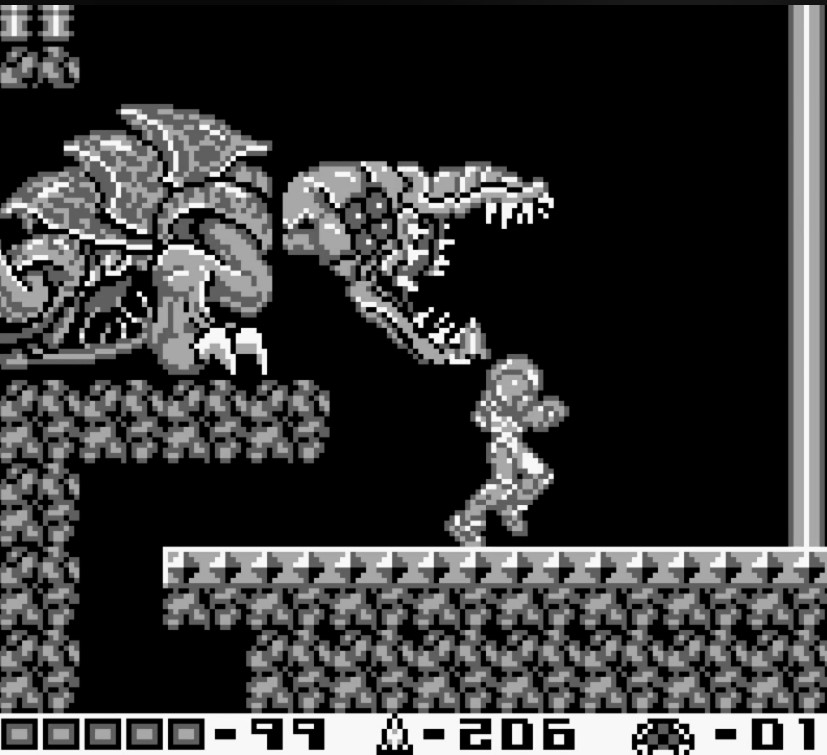
If you’re a fan of classic games or just looking for a fun and challenging adventure, Metroid II: Return of Samus is definitely worth playing. It has everything you could want in a game – action, exploration, and a compelling story. So why not give it a try and see what all the fuss is about?
